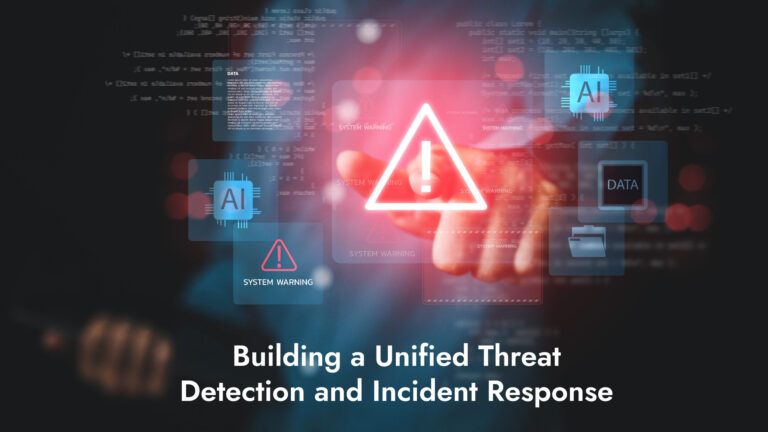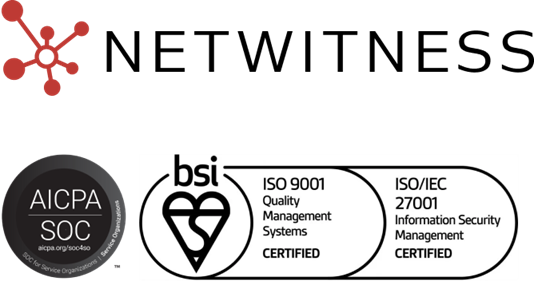What is Attack Surface Discovery?
Attack surface discovery is the systematic process of identifying, mapping, and understanding all potential entry points and vulnerabilities across an organization’s digital infrastructure that adversaries could exploit for unauthorized access. This practice involves using attack surface discovery tools to continuously scan and inventory internet-facing assets including servers, applications, cloud resources, and network devices across on-premises and cloud environments.
Implementing comprehensive attack surface management through automated continuous attack surface monitoring enables organizations to maintain visibility into their external attack surface, identify shadow IT and rogue assets, and proactively address vulnerabilities before attackers exploit them.
Synonyms
- External Asset Surface Discovery
- Continuous Asset Discovery
- Attack Surface Mapping
- Asset Inventory Management
- Attack Surface Management (ASM)
- External Attack Surface Management (EASM)
Why Attack Surface Discovery Matters
Failing to implement systematic attack surface assessment can result in unknown vulnerabilities, unmanaged assets, shadow IT risks, and successful exploitation by threat actors. Key reasons attack surface intelligence discovery is essential include:
- Unknown Asset Identification: Discovering previously unknown or unmanaged internet-facing assets, including shadow IT that traditional security tools may miss.
- Proactive Risk Management: Identifying and addressing vulnerabilities before attackers can exploit them through continuous attack surface management practices.
- Enhanced Visibility: Maintaining a comprehensive understanding of the entire digital footprint including third-party managed assets and cloud resources.
- Compliance Support: Meeting regulatory requirements by demonstrating awareness and control over organizational assets and their security configurations.
Effectively implementing continuous attack surface monitoring ensures organizations can reduce attack surface exposure while maintaining accurate inventories of their digital assets.
How Attack Surface Discovery Works
Attack surface management typically follows structured discovery processes:
- Asset Identification: Using attack surface tool capabilities to automatically scan and identify all internet-facing assets including physical servers, virtual machines, web servers, SaaS applications, databases, and network devices.
- Attack Surface Mapping: Creating comprehensive visual representations of discovered assets and their relationships to understand potential attack vectors and exposure points.
- Vulnerability Assessment: Analyzing identified assets for security weaknesses including misconfigurations, outdated software, and known vulnerabilities that could enable exploitation.
- Asset Inventory Management: Maintaining accurate, up-to-date catalogs of all discovered assets with relevant metadata for ongoing monitoring and management.
- Continuous Monitoring: Implementing automated scanning to identify new assets, configuration changes, and emerging vulnerabilities in real-time.
Types of Attack Surface Discovery Applications
- External Attack Surface Discovery: Focusing on internet-facing assets and public exposure points that external threat actors could potentially exploit.
- Shadow IT Detection: Identifying unauthorized devices, applications, and services that connect to organizational networks without proper approval or security oversight.
- Cloud Asset Discovery: Mapping resources deployed across multiple cloud providers and SaaS platforms to maintain visibility in distributed environments.
- Third-Party Asset Monitoring: Tracking assets managed by vendors, partners, and service providers that connect to organizational infrastructure.
Best Practices for Attack Surface Discovery
- Implement Continuous Monitoring: Deploy automated continuous attack surface management tools that provide real-time visibility into changing digital footprints.
- Maintain Accurate Inventories: Establish comprehensive asset inventory management processes that track all discovered assets with relevant security and ownership metadata.
- Integrate Threat Intelligence: Combine external attack surface tool data with threat intelligence feeds to prioritize vulnerabilities based on active exploitation.
- Automate Discovery Processes: Use attack surface discovery tools that automatically scan new assets rather than relying on manual periodic assessments.
- Address Shadow IT: Develop policies and technologies to identify and manage unauthorized assets that bypass traditional security controls.
Related Terms & Synonyms
- External Asset Surface Discovery: Process of identifying and cataloging assets exposed to the internet and external threat actors.
- Continuous Asset Discovery: Ongoing automated scanning and identification of organizational assets as they are added or modified.
- Attack Surface Mapping: Visual representation and documentation of all potential attack vectors and entry points across infrastructure.
- Asset Inventory Management: Systematic cataloging and tracking of organizational assets including their configurations and security status.
- Attack Surface Management (ASM): Comprehensive discipline of discovering, assessing, prioritizing, and reducing organizational attack surfaces.
- External Attack Surface Management (EASM): Focused practice of managing internet-facing assets and public exposure points from outside-in perspective.
People Also Ask
1. What is attack surface management?
Attack Surface Management (ASM) is the ongoing process of discovering, inventorying, assessing, and reducing an organization’s attack surface by identifying potential entry points, vulnerabilities, and exposures across digital infrastructure that adversaries could exploit.
2. What is attack surface?
Attack surface is the sum of all potential entry points, vulnerabilities, and exposed assets across an organization’s digital infrastructure that threat actors could exploit to gain unauthorized access, including networks, applications, cloud resources, and devices.
3. What is another name for attack surface?
Another name for attack surface is “threat exposure surface” or “vulnerability surface,” referring to the total set of exploitable weaknesses and access points available to potential attackers.
4. What is attack surface monitoring?
Attack surface monitoring is the continuous process of tracking and analyzing an organization’s attack surface to identify new assets, configuration changes, emerging vulnerabilities, and potential security risks in real-time.
5. How to reduce attack surface?
Reduce attack surface by removing unnecessary internet-facing assets, disabling unused services and ports, implementing least privilege access controls, patching vulnerabilities promptly, and consolidating redundant systems and applications.
6. What is the attack surface of social engineering?
The attack surface of social engineering includes all human interaction points where attackers could manipulate individuals into divulging sensitive information or performing actions, such as email, phone calls, social media, and physical access points.




